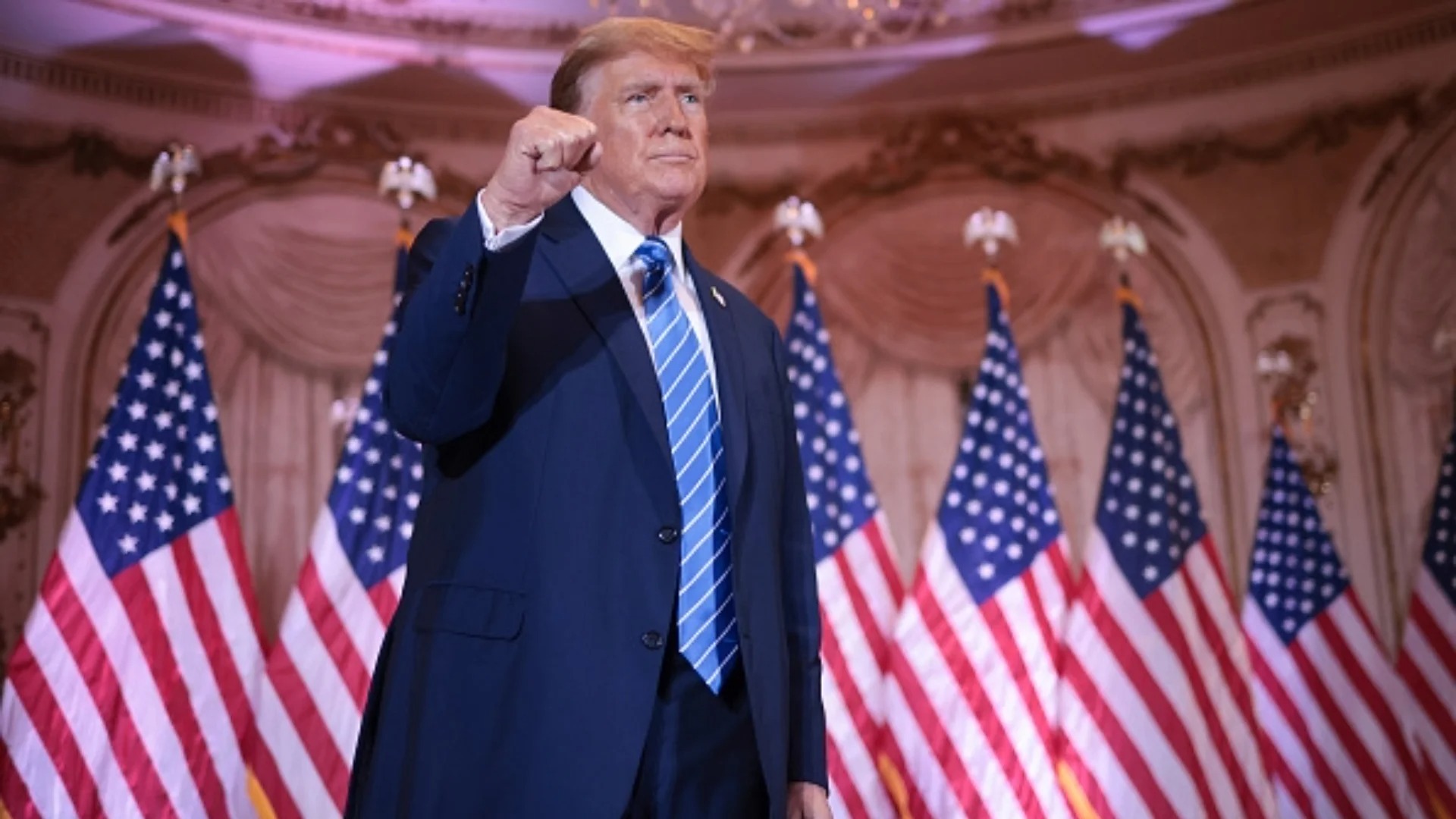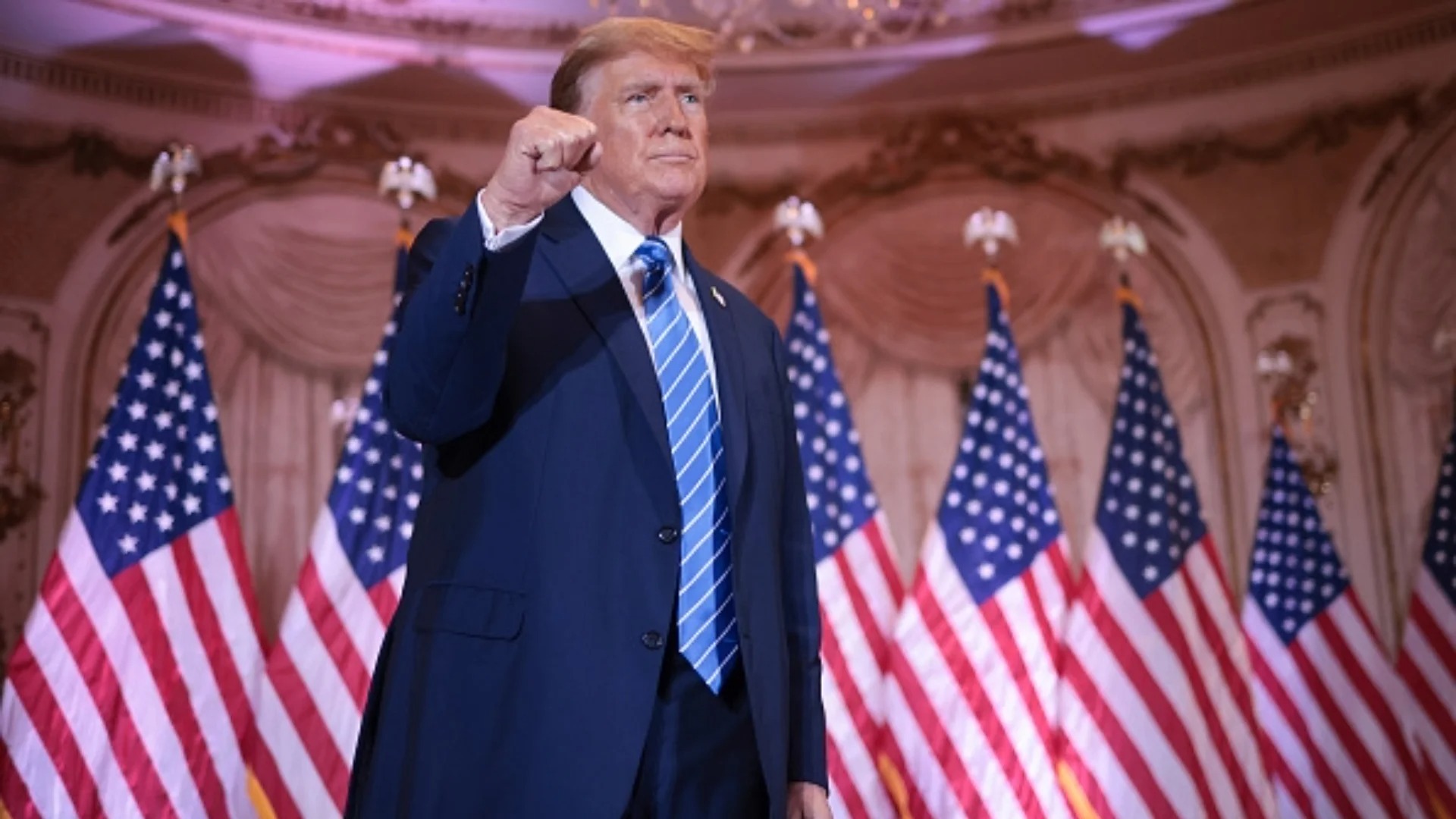Former President Donald Trump has emerged victorious in the GOP primaries in both Alaska and Utah, signaling a strong start in the election race. However, alongside these political developments, concerns are mounting over the potential misuse of deepfake technology to sway voters.
This technology, which can generate highly realistic fake images and videos, poses a significant threat to democratic principles and the integrity of the election process.
Deepfake technology has advanced rapidly in recent years, allowing individuals with malicious intent to create convincing videos and images that manipulate public opinion.

Donald Trump (Credits: CCN.com)
These manipulated media can spread false information, discredit political opponents, and sow discord among voters. In the context of an election, disseminating deepfake content could potentially influence voters’ perceptions of candidates, their policies, and the electoral process itself.
One of the most alarming aspects of deepfake technology is its ability to spread rapidly through social media platforms, where misinformation can quickly go viral and reach a wide audience. This presents a formidable challenge for election authorities as they struggle to identify and combat the spread of fraudulent content online.
To address this threat, governments and tech companies must work together to develop robust strategies for detecting and mitigating deepfake content.
This may involve implementing advanced algorithms and machine learning techniques to identify fake media and establishing clear policies and regulations governing the use of deepfake technology.
Furthermore, efforts to educate the public about the existence and potential dangers of deepfake technology are essential in safeguarding the integrity of the electoral process.
By raising awareness and promoting media literacy, voters can become more discerning consumers of information and less susceptible to manipulation by fake news and propaganda.
The fight against deepfakes requires a coordinated and multi-faceted approach involving government, technology companies, media organizations, and civil society.
By working together to counter the threat posed by deepfake technology, we can uphold the principles of democracy and ensure that elections remain free, fair, and transparent.























